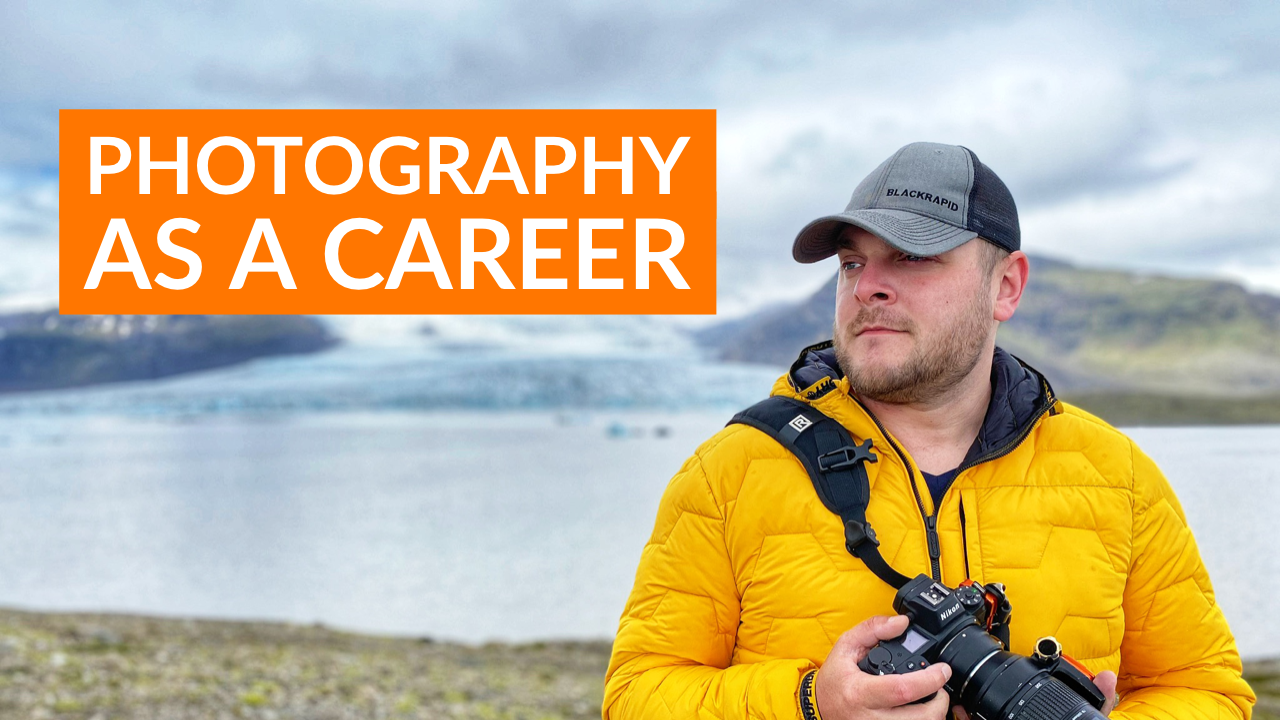Editor’s Note: Keep an eye out for Ian’s upcoming KelbyOne course, Winter Landscapes, due out later this week! He will also be teaching at The Landscape Photography Conference, taking place online March 29-30!
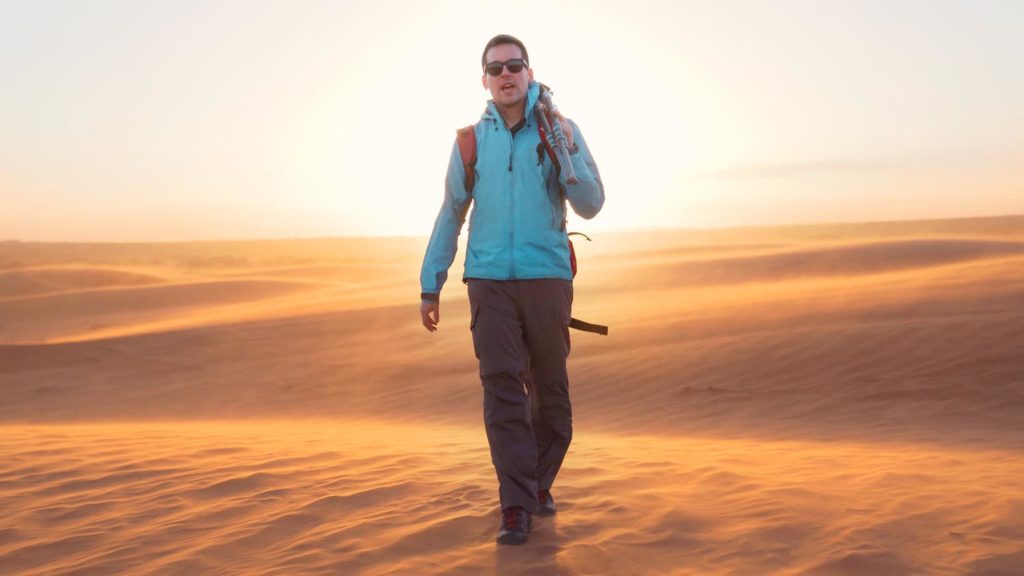
Tips for Taking Amazing Winter Landscape Photos
When the chill of winter sets in, a lot of photographers go into creative hibernation. Resist the urge to stay warm and cozy, and instead bundle up and get out there! Winter can be an amazing time for landscape photography if you know what to look for. Here are a few of my top tips for taking stunning winter landscapes.
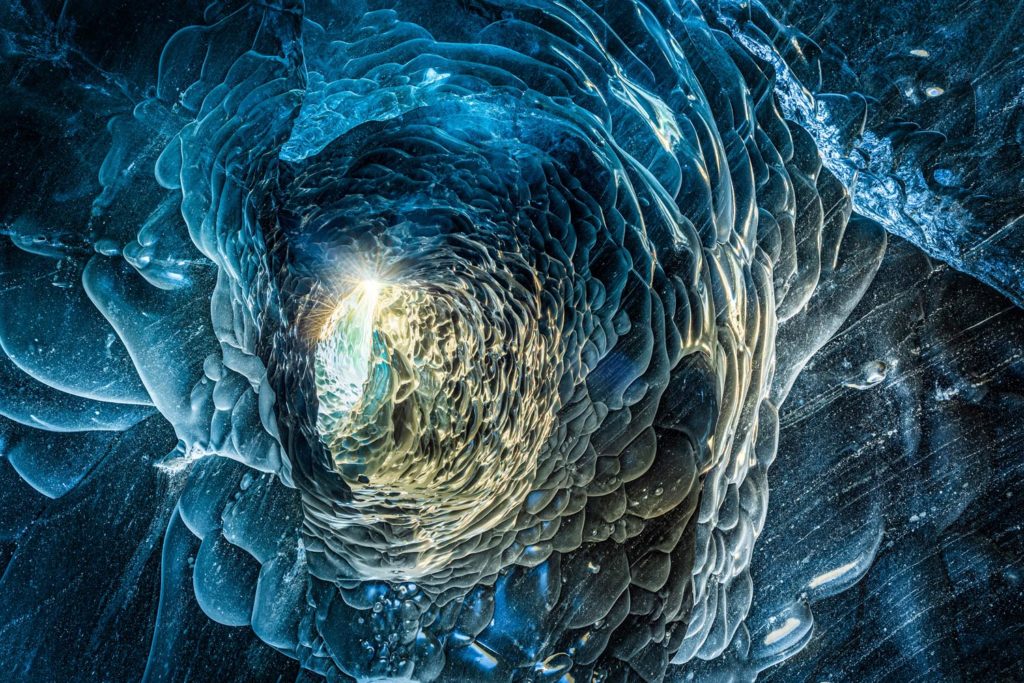
Stay Warm
Being creative when photographing winter landscapes starts with staying warm and dry. Dress in layers so you can customize the amount of warmth you need depending on your activity level, but make sure you bring enough clothing to keep you warm even when you are standing still for long periods of time waiting for the perfect light for your photography (a thick, puffy down jacket usually does the trick). Keeping your fingers warm is the most difficult challenge, as you must balance the dexterity needed to operate camera controls with warmth. I typically use a lightweight pair of liners coupled with heavy duty down mittens made for extreme cold environments. I keep my hands in the mittens whenever I can, taking them out only when I need to operate the tiny buttons and dials on my camera. Whenever my fingers get cold, I stuff them back in the mittens, which warm my hands up in no time. Some people also use chemical or battery-powered hand and toe warmers to stay extra toasty.
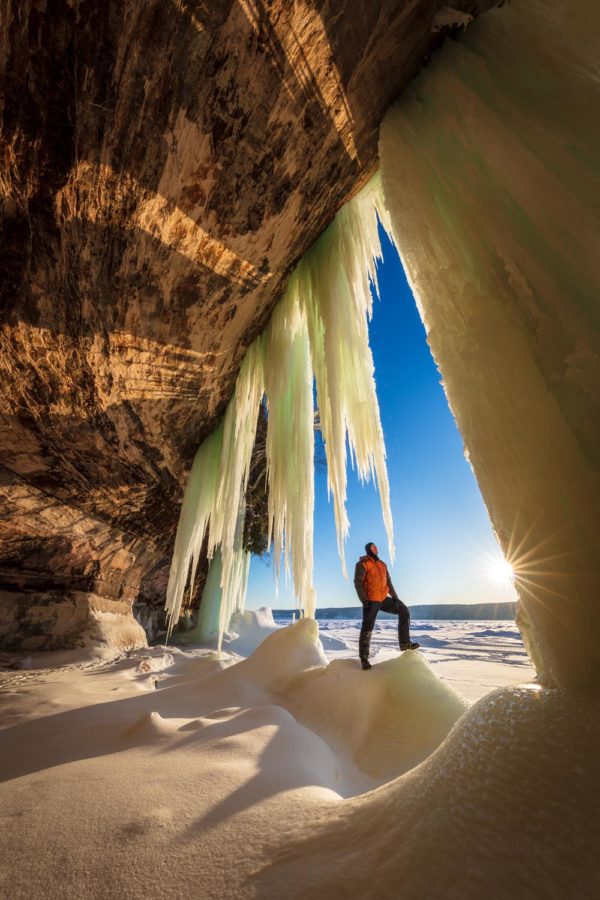
Wait For Strong, Colorful Light
Overcast skies are usually not ideal for winter photography, as they make a colorless winter landscape look bleak and desolate. Strong, colorful light really brings a winter landscape to life. Side-lighting and backlighting, especially at sunset and sunrise, can create an attractive mix of light and shadow and warm and cool tones. Snow and ice are highly reflective, taking on the color of a stunning sunrise or sunset sky.
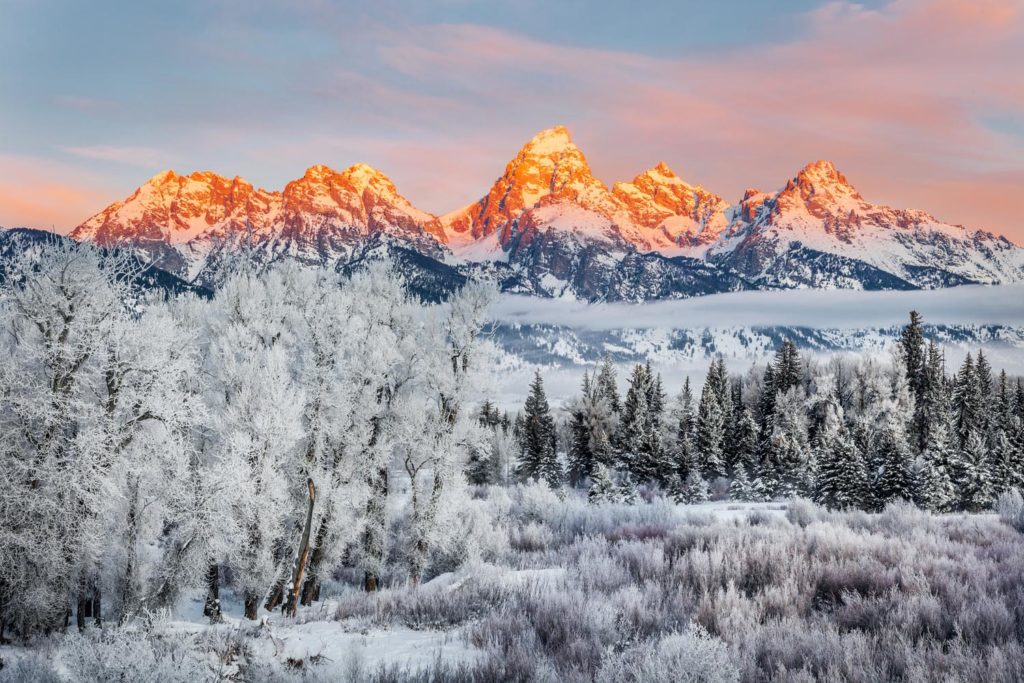
Snow and Ice
Fresh snow—and lots of it—is critical to many winter landscape scenes. Old snow gets stomped on by people and animals, melts off trees revealing unattractive bare branches, and often just looks dingy and unappealing. And too little snow on the winter landscape usually means lots of distracting objects poking up through the snow. I also look for interesting ice formations, such as patterns on lake ice, frozen waterfalls, or icicles hanging from cliffs. When working on frozen lakes, rivers, or ponds, I look for cracks (which make great leading lines), frozen bubbles, and stacks of broken ice piled high.
Be EXTREMELY CAREFUL when standing on or crossing over ice on lakes, ponds, or rivers; even thick ice can be weak in places, and a plunge into frigid waters can be deadly. At least four inches of ice is considered the minimum for safe walking. If there is any doubt about the quality of the ice I am walking on, I carry an ice axe—the kind used by mountaineers—to probe the ice ahead of me for weak spots and to help get me out if I break through. For extra safety, don’t travel alone!

Open Water Foregrounds
All too often during winter everything freezes or gets completely snowed over, making it difficult to find interesting foregrounds for landscape photos. So, I’m typically on the hunt for open water. Some fast-moving streams won’t completely freeze over, and ponds and lakes will sometimes have open water near inlet and outlet areas. These areas of open water can be used to reflect the background scenery and the sky, and sometimes you can find compelling patterns in the ice at these edge areas which you can use as foregrounds for near-far compositions. Be especially cautious when approaching ice edges, as the ice will be weakest in these areas.

Whether hanging over the rim of an active volcano, braving the elements to photograph critically endangered species, or trekking deep into the wilderness to places most people will never see, world-renowned professional photographer Ian Plant travels the globe seeking out amazing places and subjects in his never-ending quest to capture the beauty of our world with his camera. Known for his inspiring images and single-minded dedication to creating the perfect photo, Ian has reached hundreds of thousands of people in his mission to inspire and educate others in the art of photography. Ian is a frequent contributor to many leading photo magazines, and the author of numerous books and instructional videos.
Learn more at IanPlant.com, and keep up with him on Instagram and YouTube.



